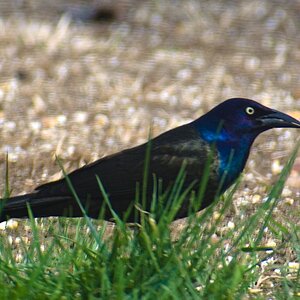Hi there,
I'm trying to learn how to use Av mode, Tv mode etc and learn about exposure. But I can't get it quite right.
I've been trying to get photos of my fish. The only light in the room is the light from the fishtank.
First set of results:
I've put the setting onto the Av - and I turned it to the lowest number (widest aperture).
1st Pic
ISO 800
F 3.5
And I got this.
2nd Pic
ISO 1600
F 5.0
And I got this.
However, For some reason, MOST are coming out like the 3rd pic...
ISO 800
F3.5
And I got this.
(I have cropped and resized the first photo, and the last two have just been resizedfor quicker viewing ).
).
After I had a play around, and a read on the internet...
Second set of results:
(in Tv mode)
I got a torch (all I could get my hands on) and I've shone i've got my brother shine it on the subject(s)....
Pic 4. ISO 400 f/4.5 shutter speed 1/100
Pic 5. ISO 1600 f/4.5 shutter 1/125
pic 6. ISO 800 f/5.6 shutter 1/125
I think I'm finally getting there - Is what I'm doing correct now... I've managed to keep a higher (kind of) ISO and increase the shutter speed up to 100+.....
I've tried it with a lamp, but the bulb was a peachey/orangey - it definitely worked better with than the torch.... Then I tried using a flash - And that also worked, but they all came out as silver, with a glare on the tank
Thanks
Amnesia
I'm trying to learn how to use Av mode, Tv mode etc and learn about exposure. But I can't get it quite right.
I've been trying to get photos of my fish. The only light in the room is the light from the fishtank.
First set of results:
I've put the setting onto the Av - and I turned it to the lowest number (widest aperture).
1st Pic
ISO 800
F 3.5
And I got this.
2nd Pic
ISO 1600
F 5.0
And I got this.
However, For some reason, MOST are coming out like the 3rd pic...
ISO 800
F3.5
And I got this.
(I have cropped and resized the first photo, and the last two have just been resizedfor quicker viewing
After I had a play around, and a read on the internet...
Second set of results:
(in Tv mode)
I got a torch (all I could get my hands on) and I've shone i've got my brother shine it on the subject(s)....
Pic 4. ISO 400 f/4.5 shutter speed 1/100
Pic 5. ISO 1600 f/4.5 shutter 1/125
pic 6. ISO 800 f/5.6 shutter 1/125
I think I'm finally getting there - Is what I'm doing correct now... I've managed to keep a higher (kind of) ISO and increase the shutter speed up to 100+.....
I've tried it with a lamp, but the bulb was a peachey/orangey - it definitely worked better with than the torch.... Then I tried using a flash - And that also worked, but they all came out as silver, with a glare on the tank
Thanks
Amnesia



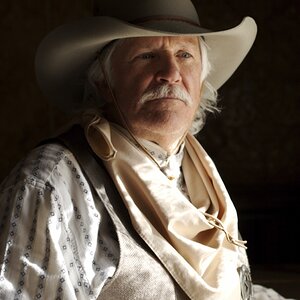

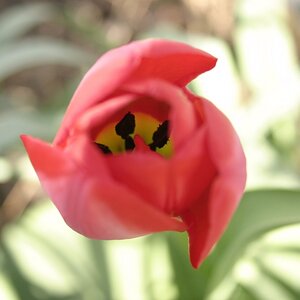
![[No title]](/data/xfmg/thumbnail/37/37492-bafc92488a1ab17e4ca6603ee5b38376.jpg?1619738112)
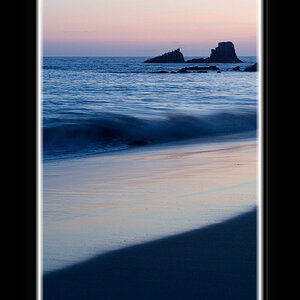
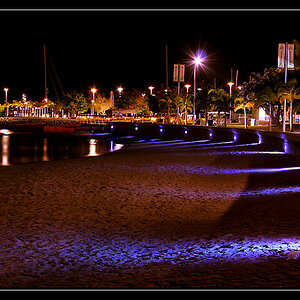

![[No title]](/data/xfmg/thumbnail/37/37491-9a5a4b87cc7adab94e5cc59f2da93701.jpg?1619738112)
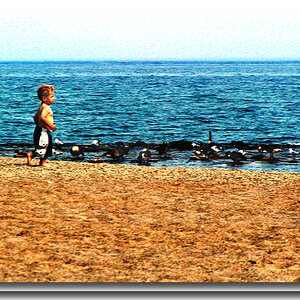
![[No title]](/data/xfmg/thumbnail/42/42018-14ee16974751322cd63966d43d655995.jpg?1619739979)
![[No title]](/data/xfmg/thumbnail/41/41423-156eb6e5a056cd1cbcf60e12a03f9d56.jpg?1619739809)
